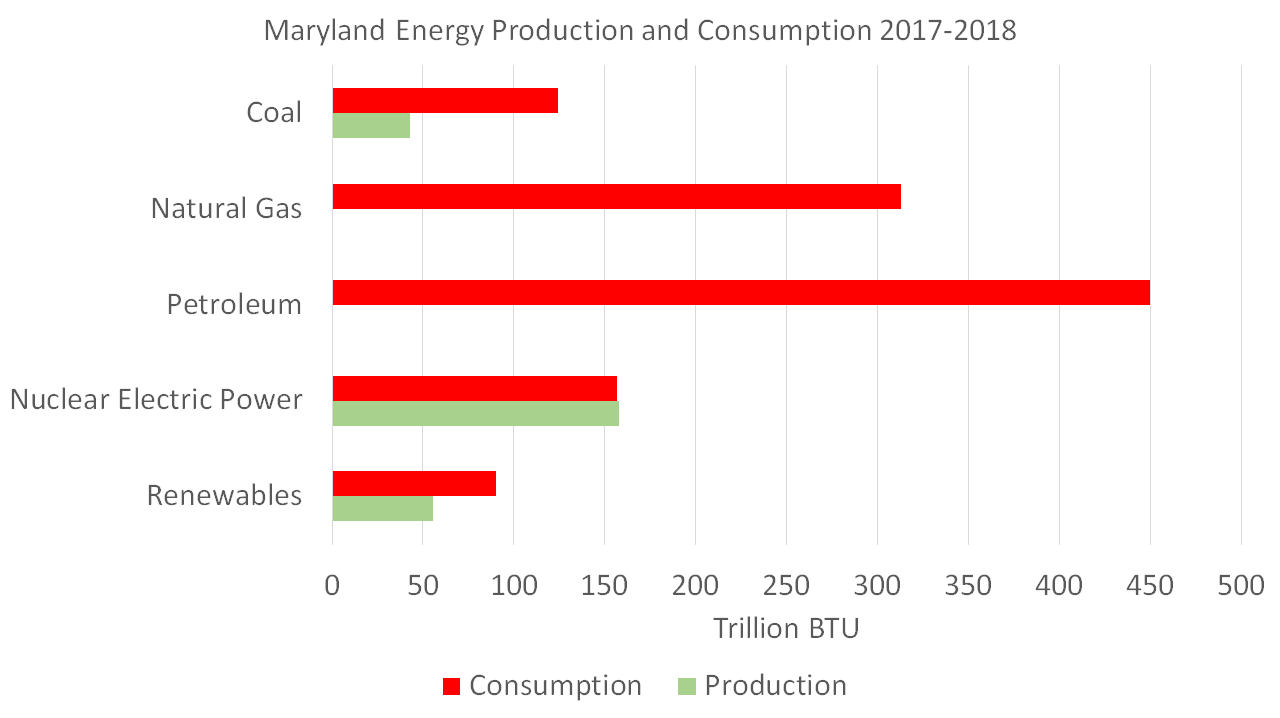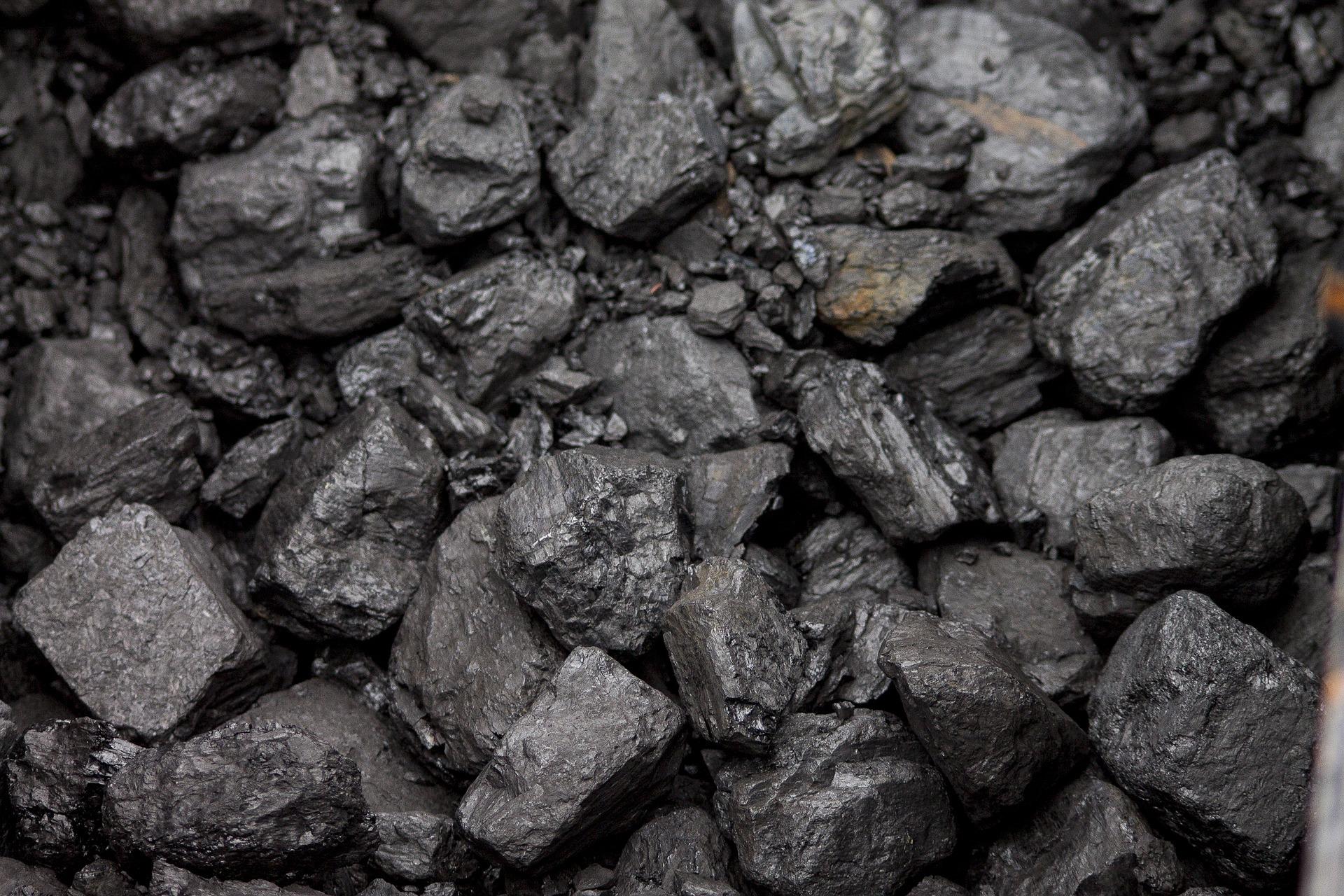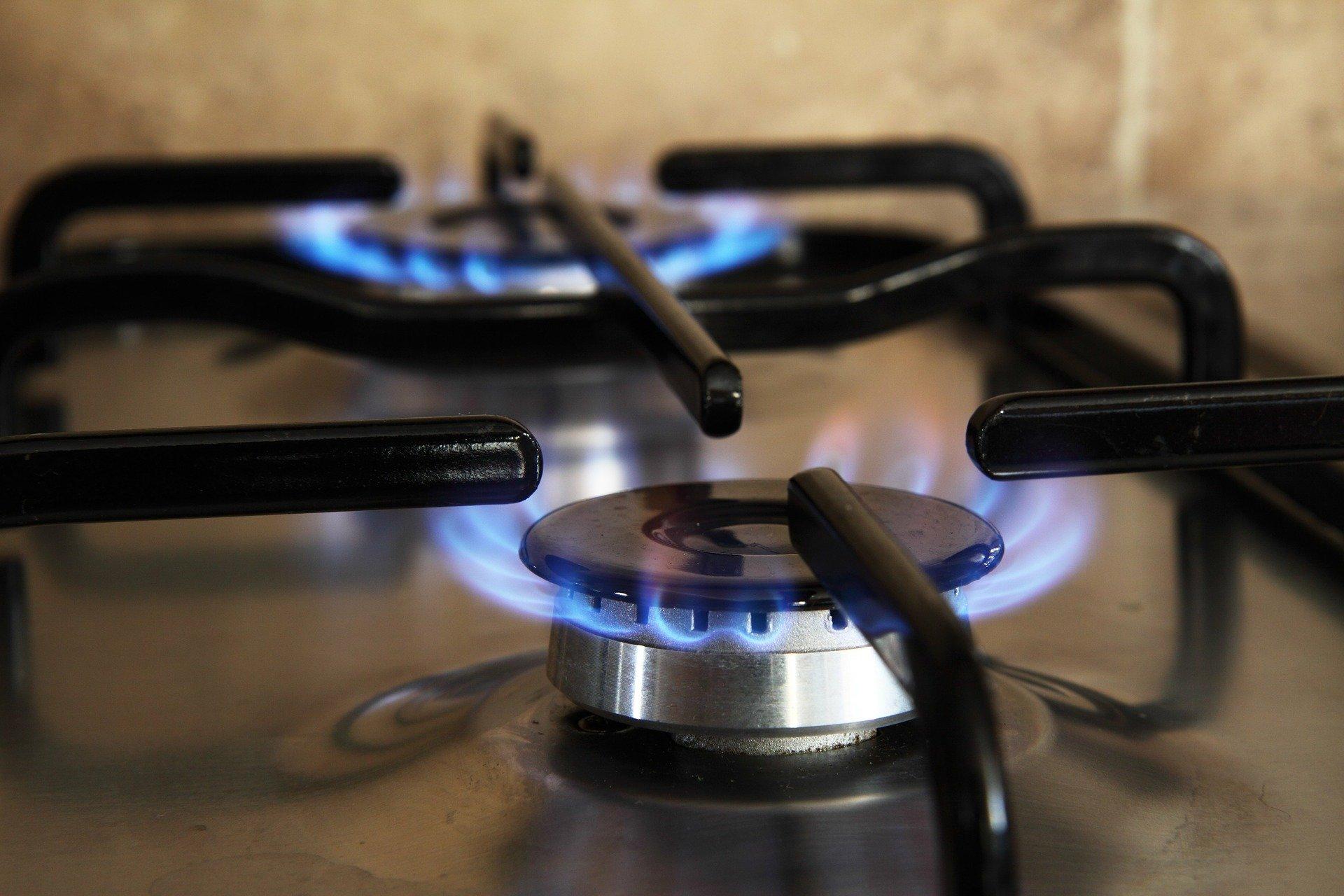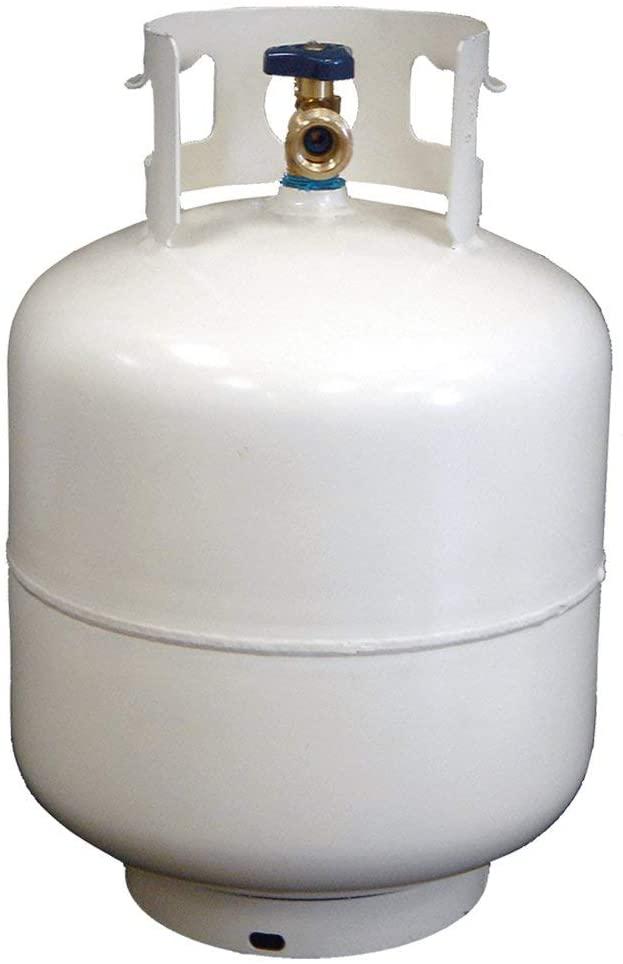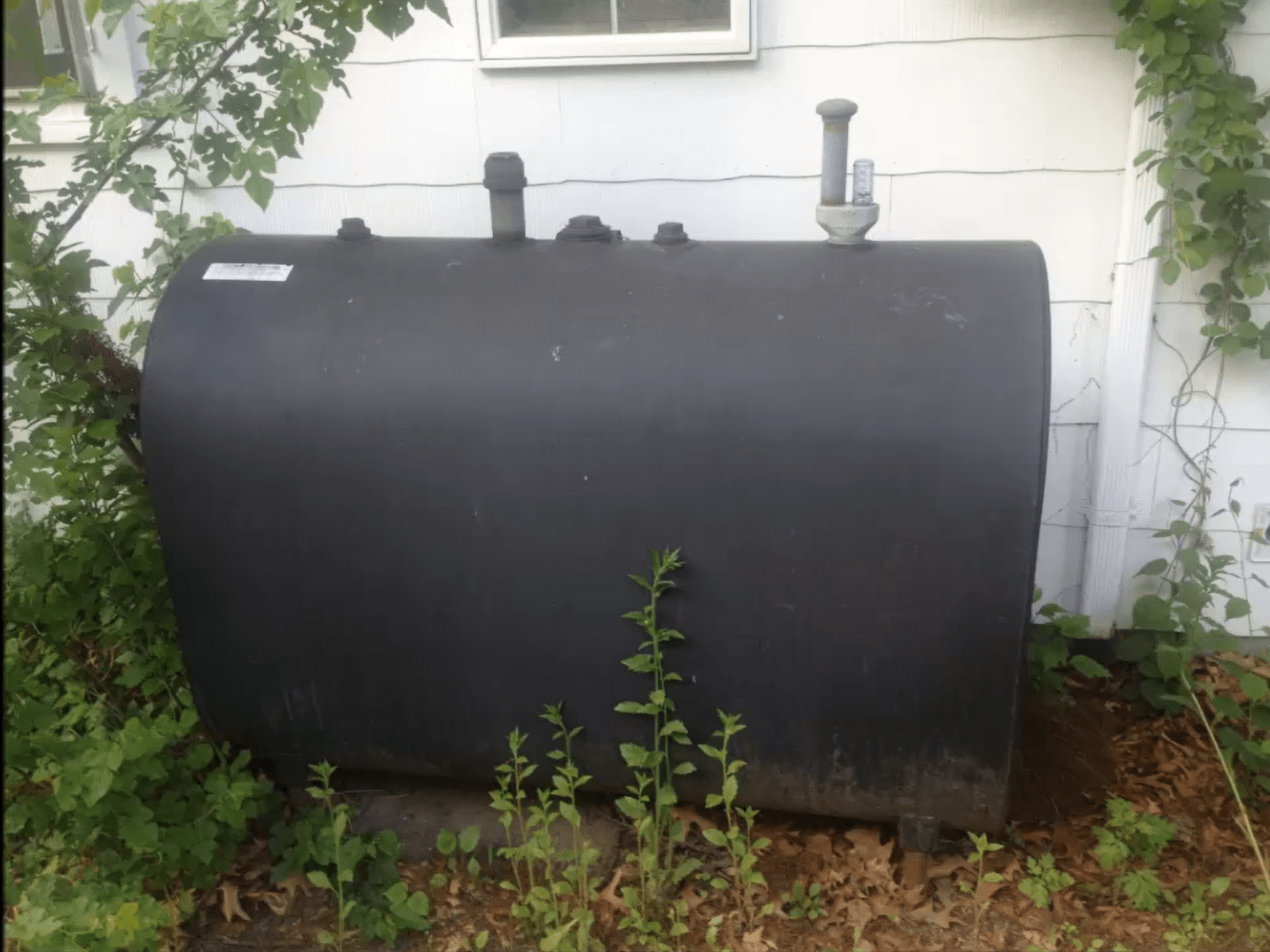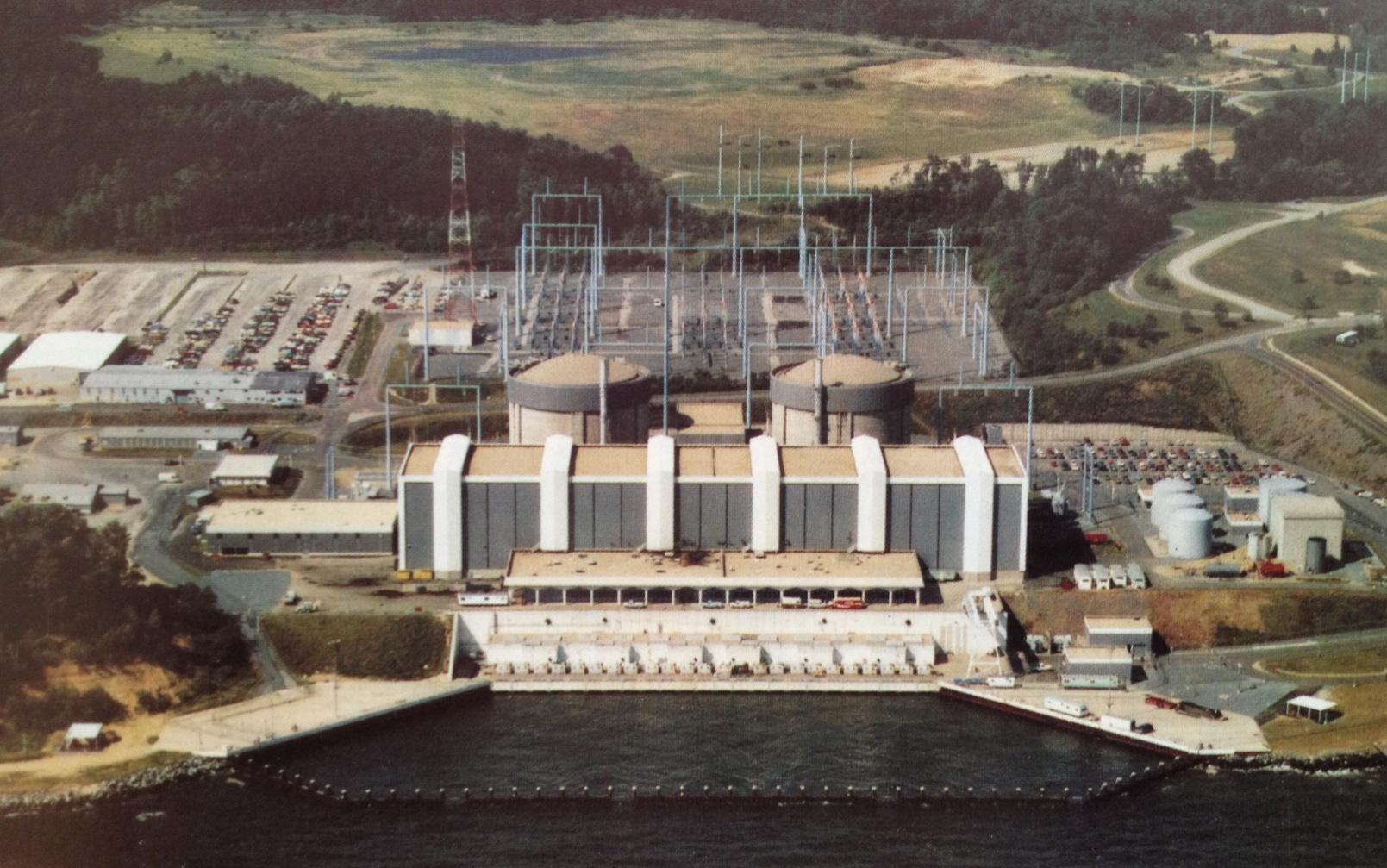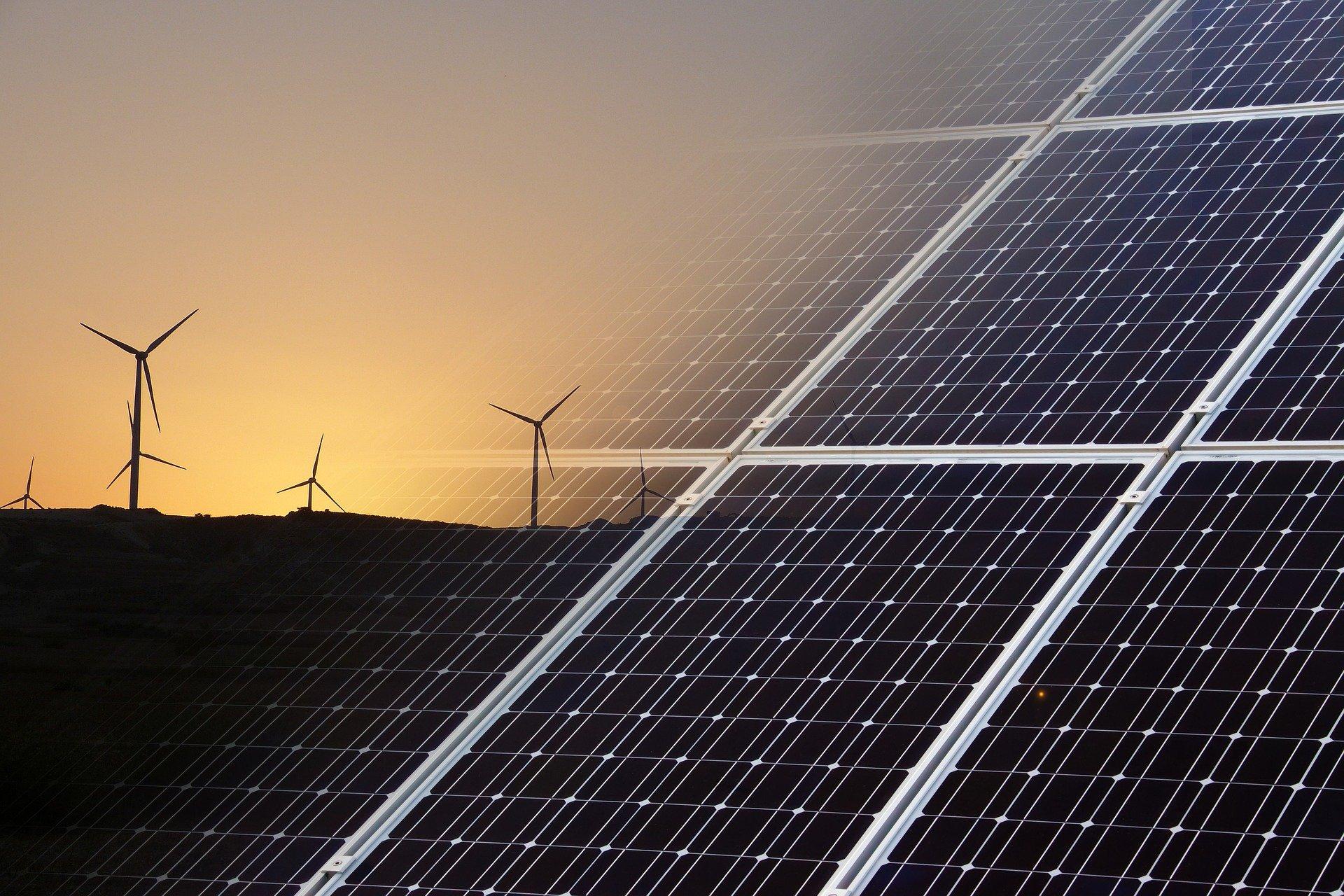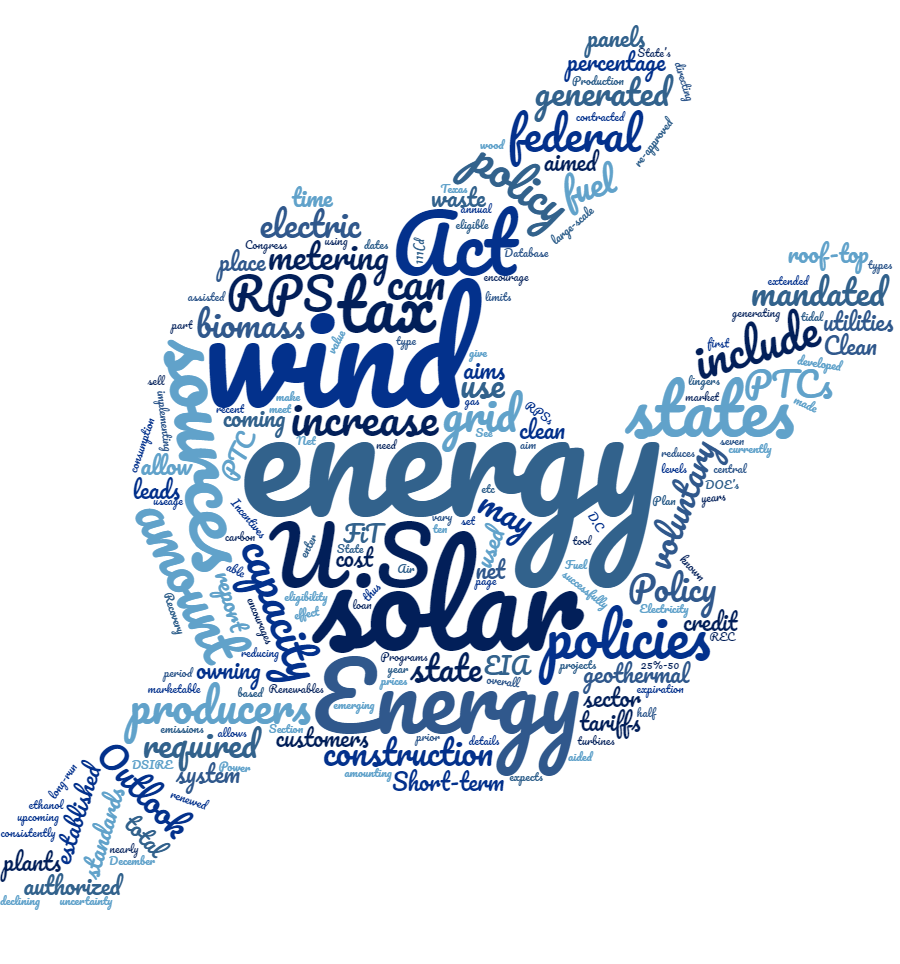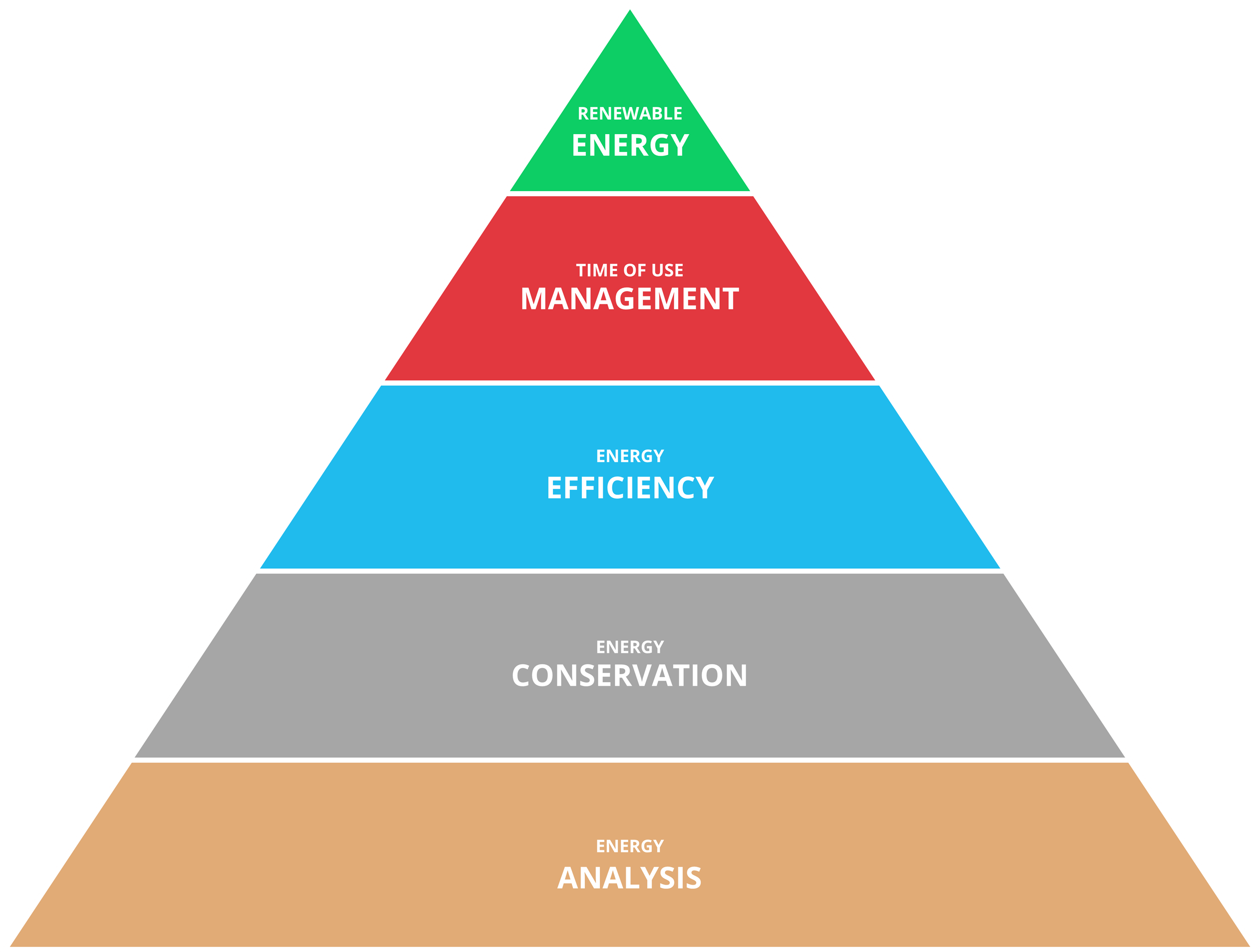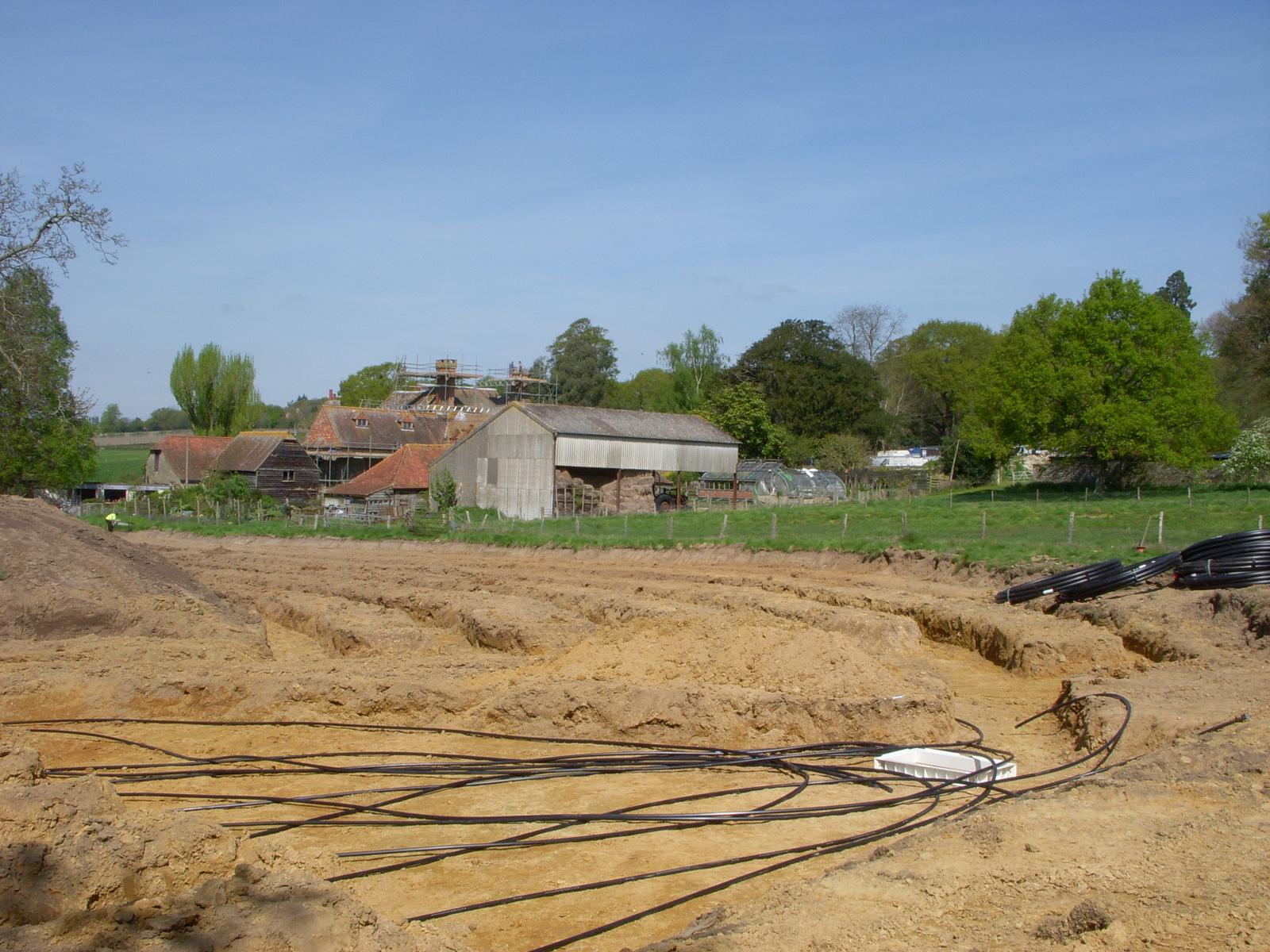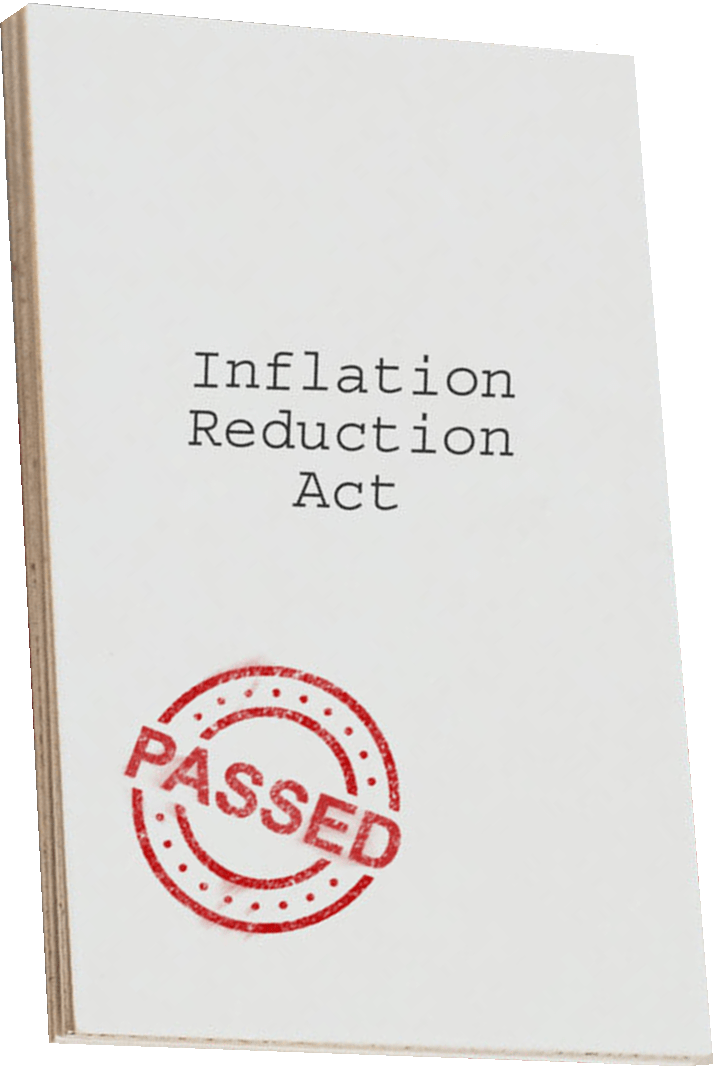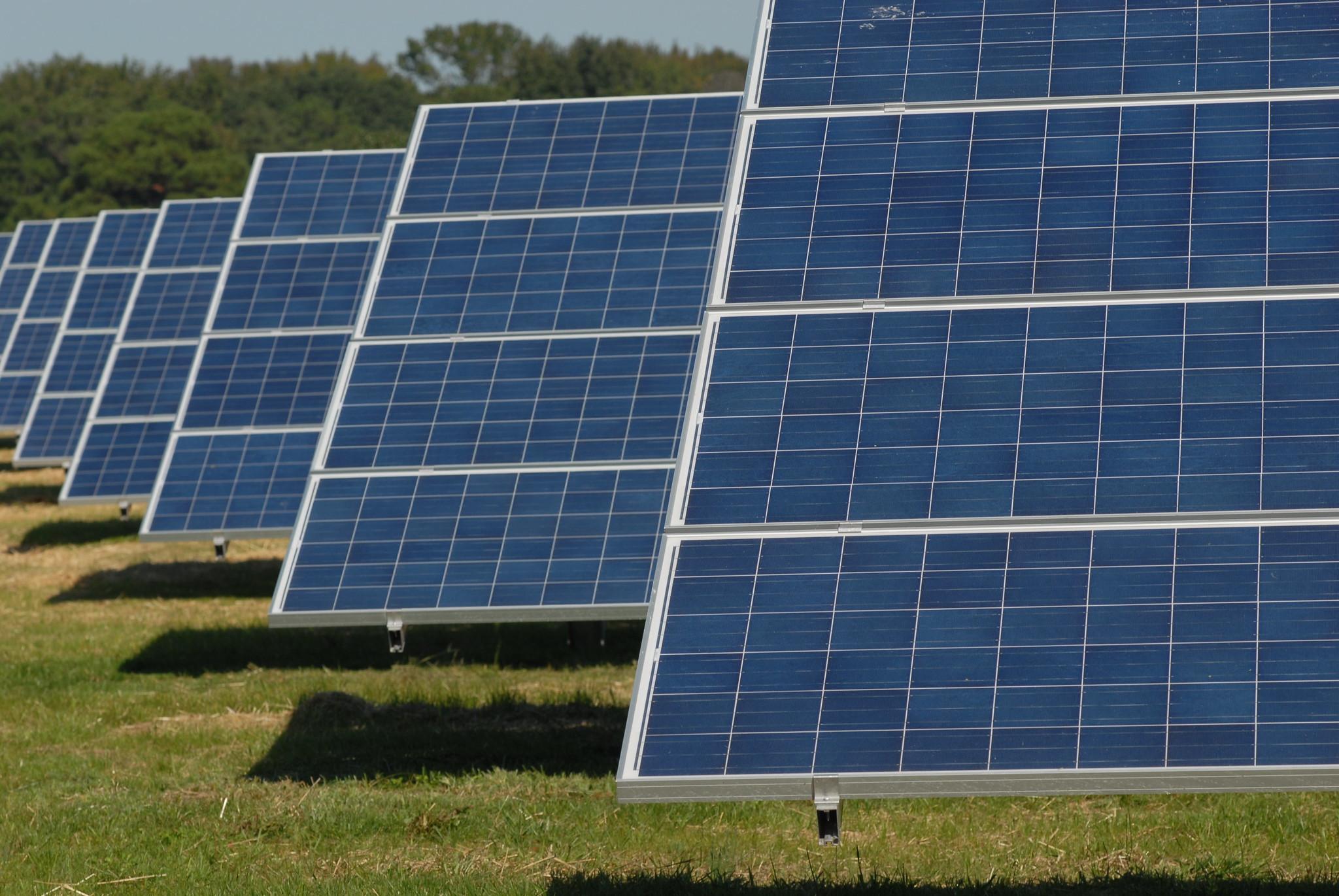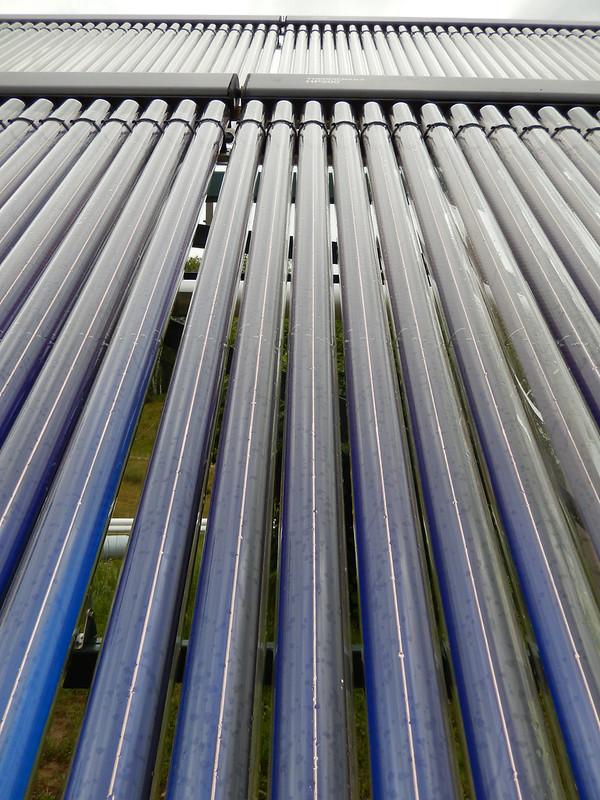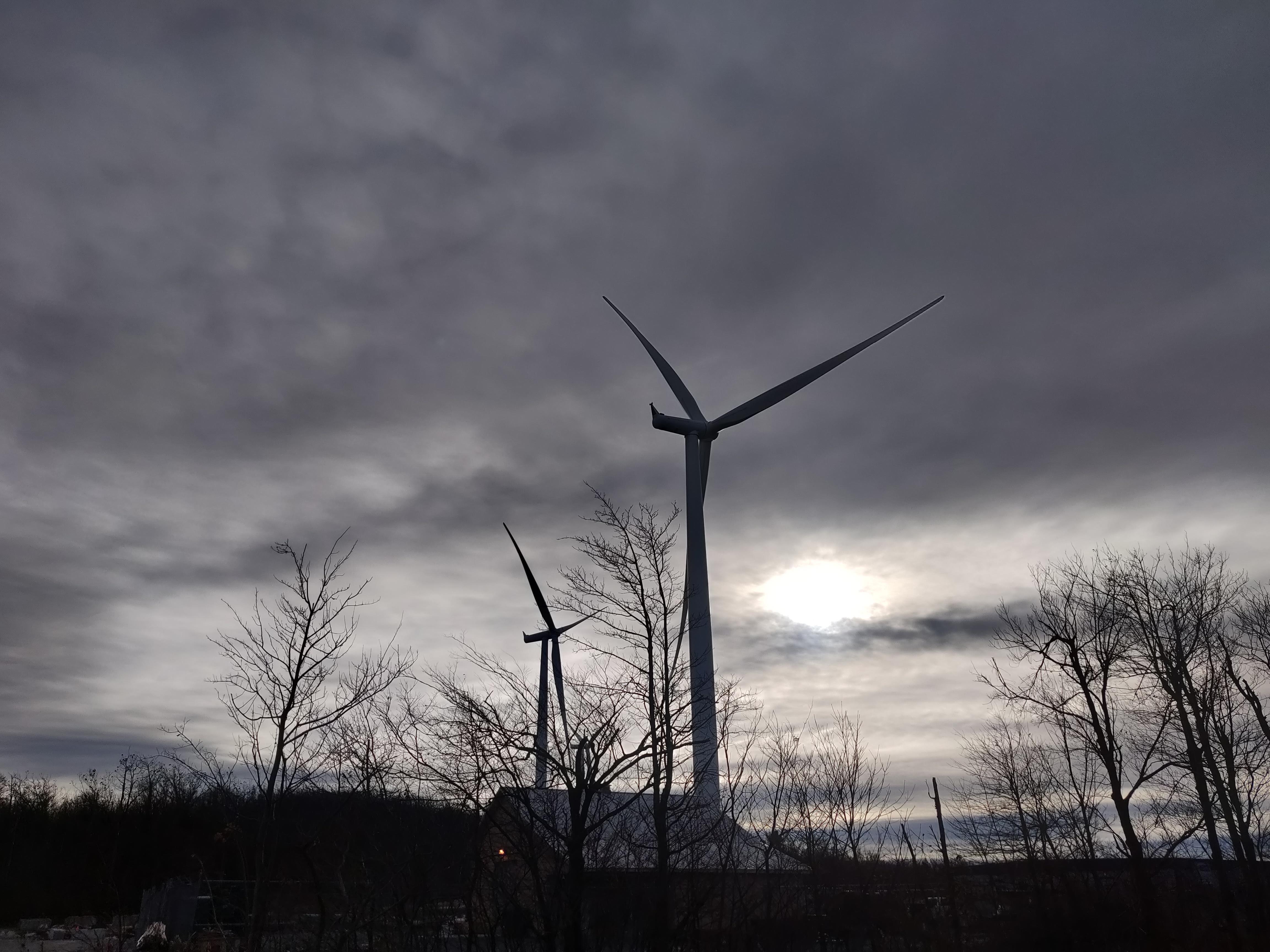Petroleum is a broadly defined class of liquid hydrocarbon mixtures which include crude oil, lease condensate, unfinished oils, motor gasoline, jet fuels, kerosene, fuel oils, refined products obtained from the processing of crude oil, and natural gas plant liquids among many others. Most of the petroleum products consumed in the U.S. are made from crude oil, but petroleum liquids are also be made from natural gas and coal. Maryland has no economically recoverable crude oil reserves or production, and there are no petroleum refineries in the state. Petroleum products arrive in Maryland by pipeline from other states and by ship from abroad. The Colonial Pipeline which runs through Maryland delivers refined products (e.g., motor gasoline, kerosene, home heating oil, and diesel fuel), while Baltimore's deep-water port receives various imported petroleum products (e.g., motor gasoline, gasoline blendstocks, and residual fuel oil).
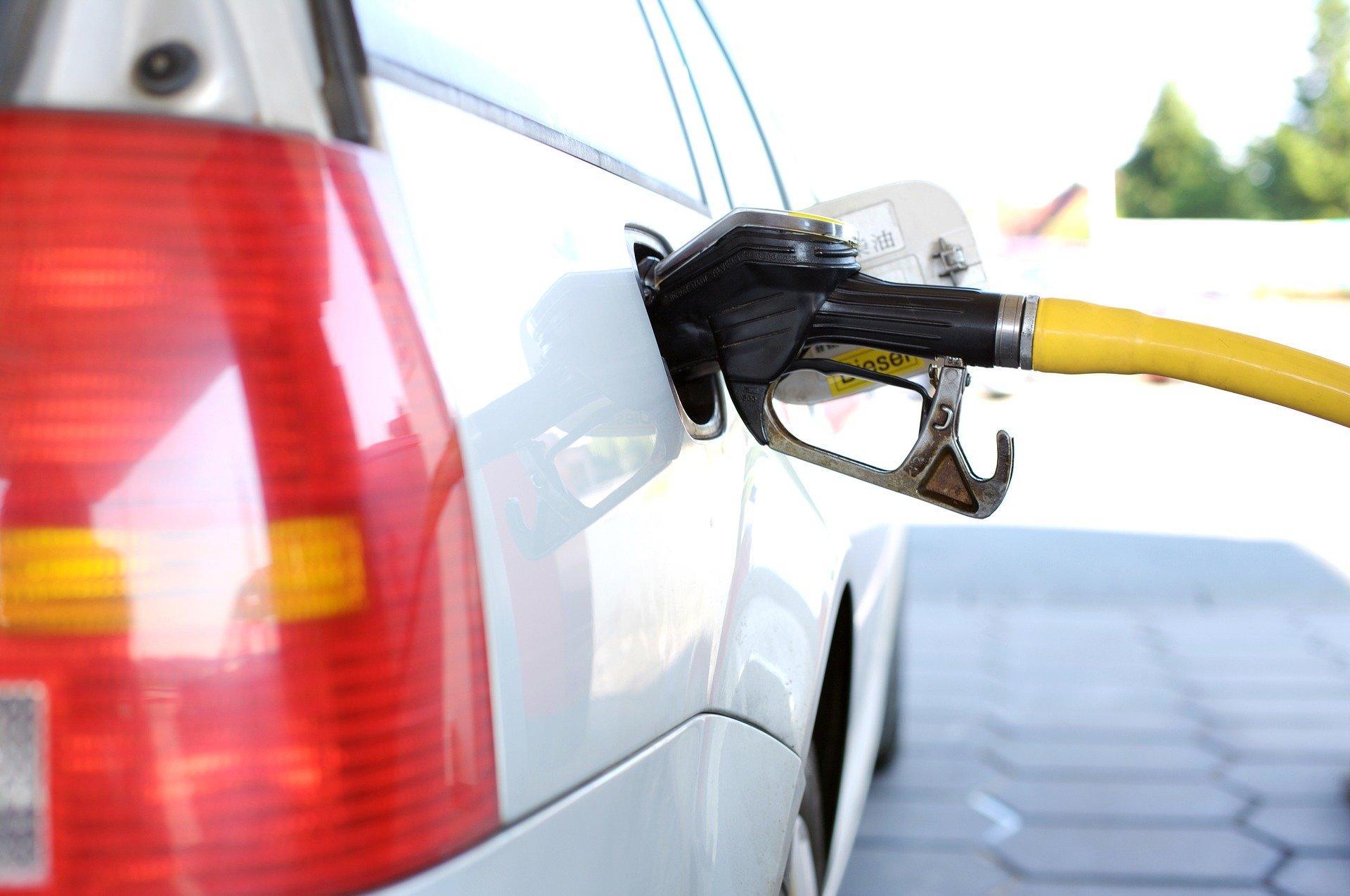
Maryland's per capita petroleum consumption is among the lowest in the nation. Nearly 9 out of every 10 barrels of petroleum used in Maryland are consumed by the transportation sector. Reformulated motor gasoline blended with ethanol to reduce smog-forming and toxic pollutants is required across the densely populated Baltimore-Washington corridor in the center of the state. Counties in the mountain west and much of the rural Eastern Shore are not required to use reformulated motor gasoline. While the transportation sector accounts for the vast majority of the state's petroleum consumption, smaller quantities are used by the industrial (~6%) residential (~2%) and commercial (~2%). About 1 in 8 Maryland households use fuel oil or kerosene for heating.

